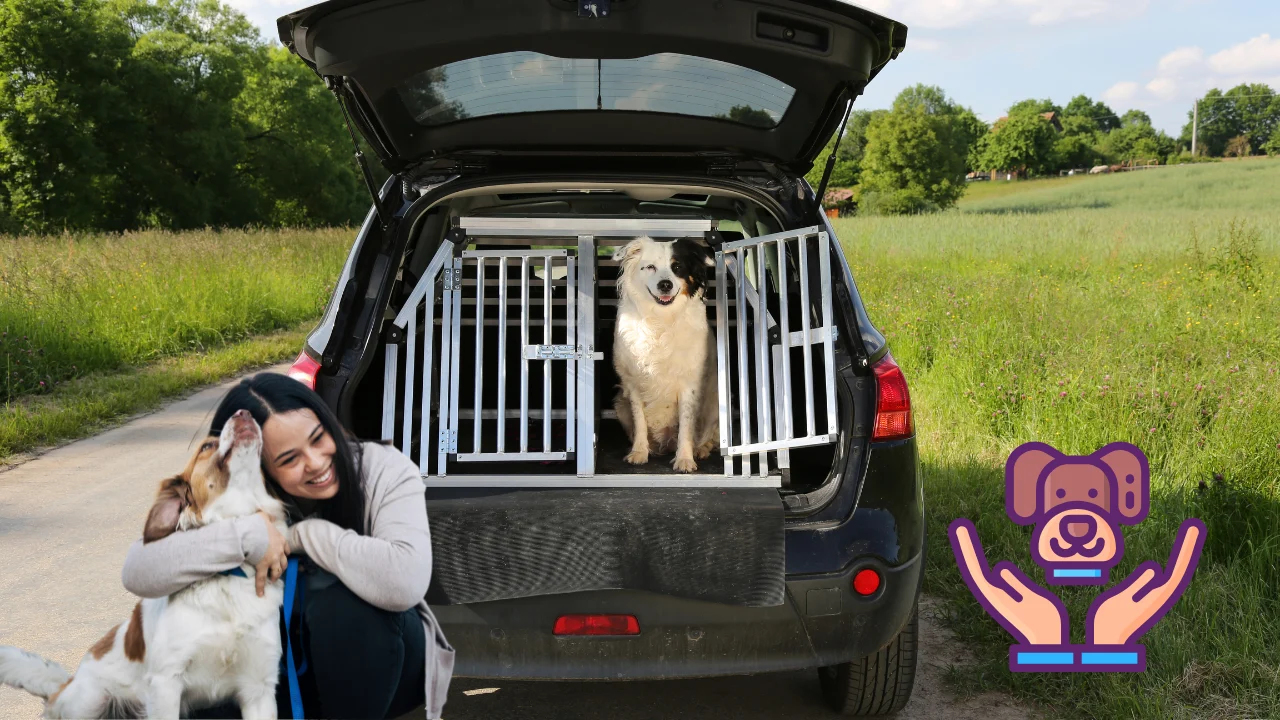When it comes to our furry friends, safety in the car is crucial, especially since an estimated 56% of pet owners don’t use restraints. Knowing how do you secure a dog in a car not only keeps them safe but also minimizes distractions for the driver, which reduces accident risks by up to 4 times. Discover tips for How to Keep a Car Cool for Dogs.
Having driven with my dog on countless road trips, I’ve learned that proper restraints make travel safer and more comfortable for both of us. It’s incredible how just a little planning can prevent possible injuries and ensure a smoother ride—benefiting both pet and owner alike.
Navigation Menu
Quick Look
To secure a dog in a car, use a crash-tested harness or a sturdy crate to keep them safe during travel. Make sure the restraint is appropriately sized for your dog and securely attached to the seat belt or vehicle. Avoid allowing your dog to roam freely, as this can lead to distractions and potential injuries.
How do I prevent my dog from distracting me while driving?
To prevent distractions, secure your dog with a restraint, like a seat belt or harness, which keeps them in one place. Use a back-seat barrier if they’re extra active, or a crate if that’s more comfortable. Bringing along a favorite toy or chew can also keep them busy. Regular training can help teach your dog to stay calm in the car, reducing any urge to roam around or seek attention during the ride.
Legal Requirements and Recommendations
When I first looked into safely traveling with my dog, I was surprised by the numbers: did you know that in the U.S., some states like Hawaii and New Jersey have specific laws against driving with an unrestrained dog? In the UK, 1 in 10 accidents involve pets in the vehicle, which is why the Highway Code recommends secure restraints for pets.
While not every place enforces pet restraint laws, many regions strongly recommend it for safety. For example, studies show that an unrestrained 20-pound dog in a 30 mph crash becomes a 600-pound projectile, potentially injuring everyone in the car. These figures made me realize the risks of not securing my dog.
Safety organizations, including the American Kennel Club, emphasize that a restrained dog not only reduces accidents but also helps the pet stay calm during travel.
How Do You Secure a Dog in a Car? Best Methods
Keeping our furry friends safe on the road is a priority, and there are various ways to do it effectively. Let’s go through some reliable methods, along with simple steps on how to use each.
Dog Car Harnesses
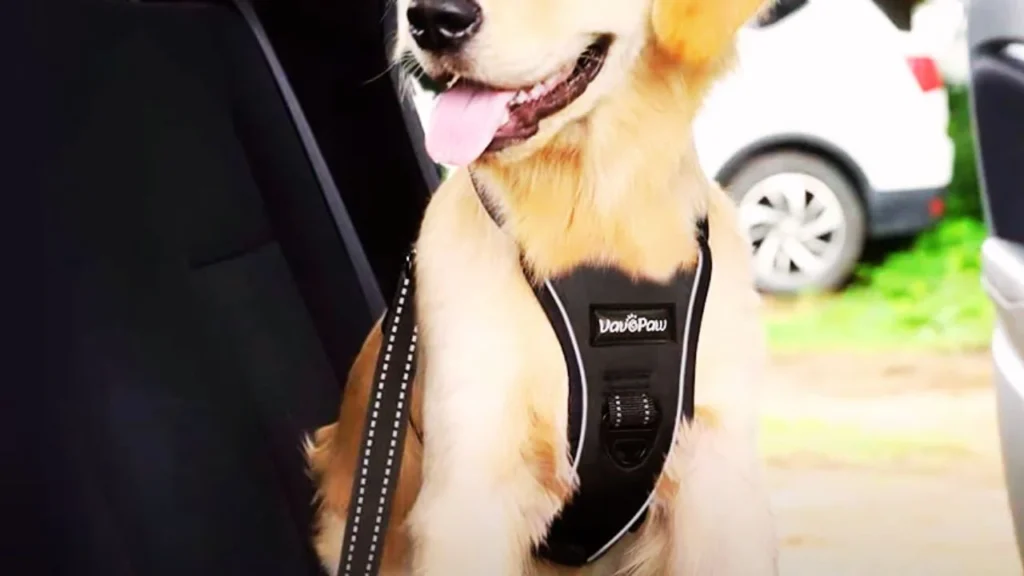
Dog harnesses are a top choice for many pet owners. To use one, first, secure the harness around your dog’s body as instructed by the brand, making sure it’s snug but not too tight. Next, clip the harness into your car’s seat belt, locking it into place. According to the Center for Pet Safety, 16 harnesses have been crash-tested, making this a trusted option for minimizing injury during sudden stops or accidents.
Dog Seat Belts
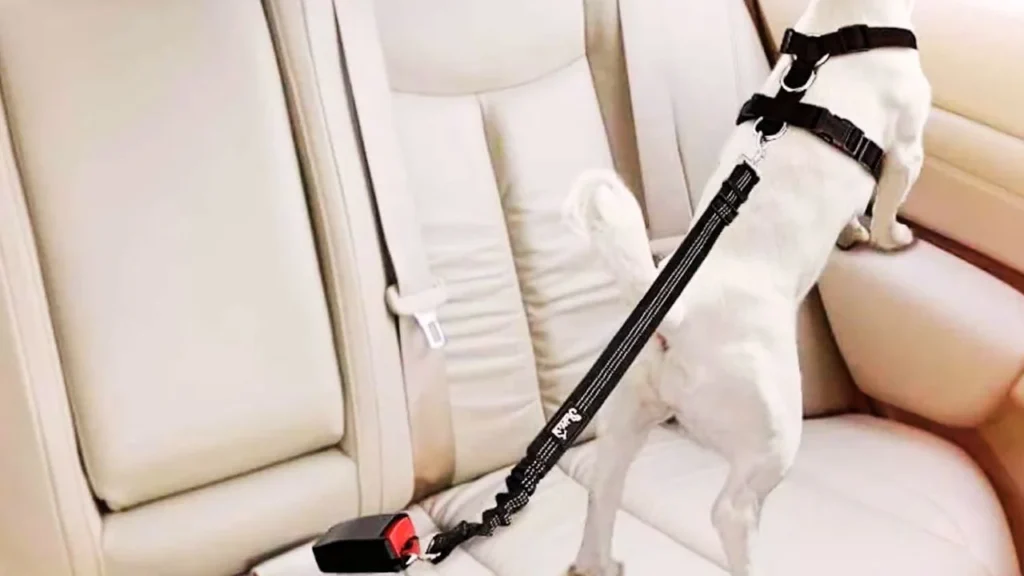
Dog seat belts attach directly to a harness, so you’ll want to avoid clipping them to a collar, which can cause neck injuries. Start by securing a harness on your dog, then connect the seat belt clip to it. This setup, especially with a crash-tested harness, keeps pets in place. In a 30 mph crash, a 20-pound dog can exert up to 600 pounds of force, so using a seat belt with a harness significantly reduces risk.
Dog Car Seats and Booster Seats
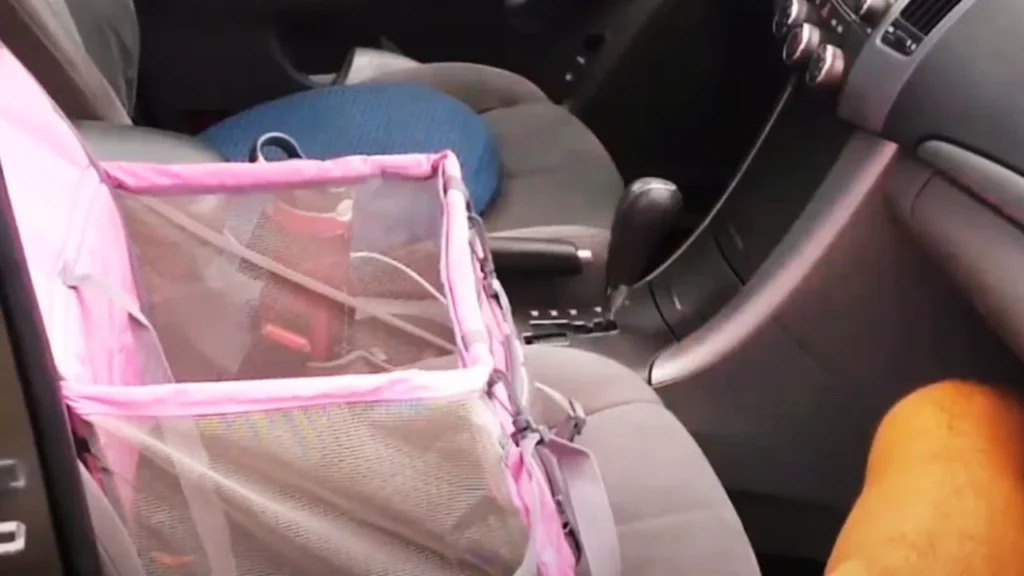
Dog car seats are perfect for smaller dogs, often those under 20 pounds. To use one, place the seat in the back, fasten it to the car’s seat belt, and make sure it’s stable. Put your dog in, secure them with the built-in harness or strap, and adjust as needed. Studies indicate that booster seats can reduce anxiety by around 35%, making them a comforting choice for many dogs.
Crates and Carriers
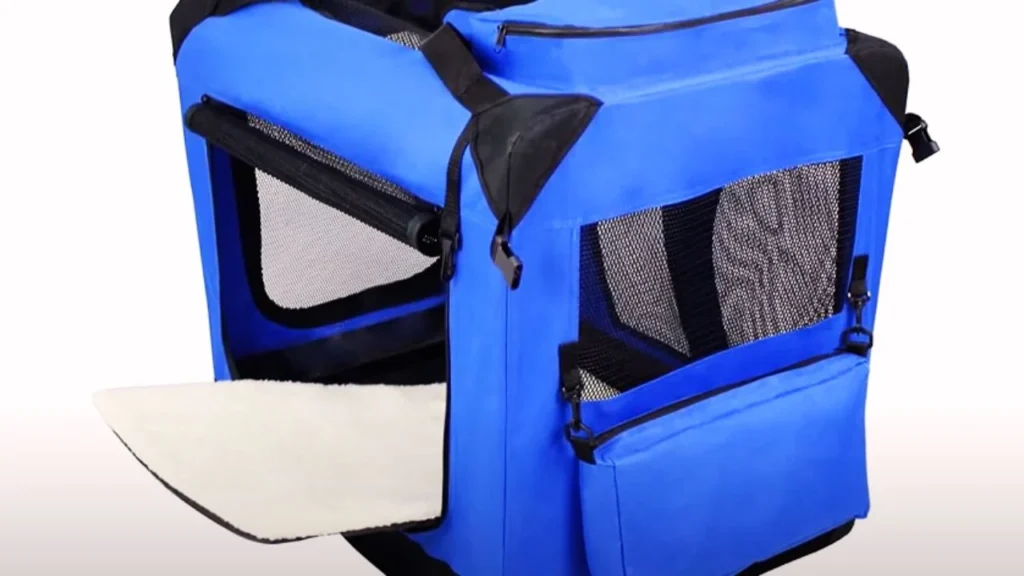
Crates are highly effective for large breeds or longer trips. Choose a crash-tested crate that fits comfortably in your vehicle and secure it using your car’s seat belts or straps if provided. Load your dog inside and lock the crate door to prevent any movement during travel. Some crates are built to withstand up to 1,000 pounds of pressure, providing unmatched safety in case of an accident.
Back Seat Barriers and Dog Guards
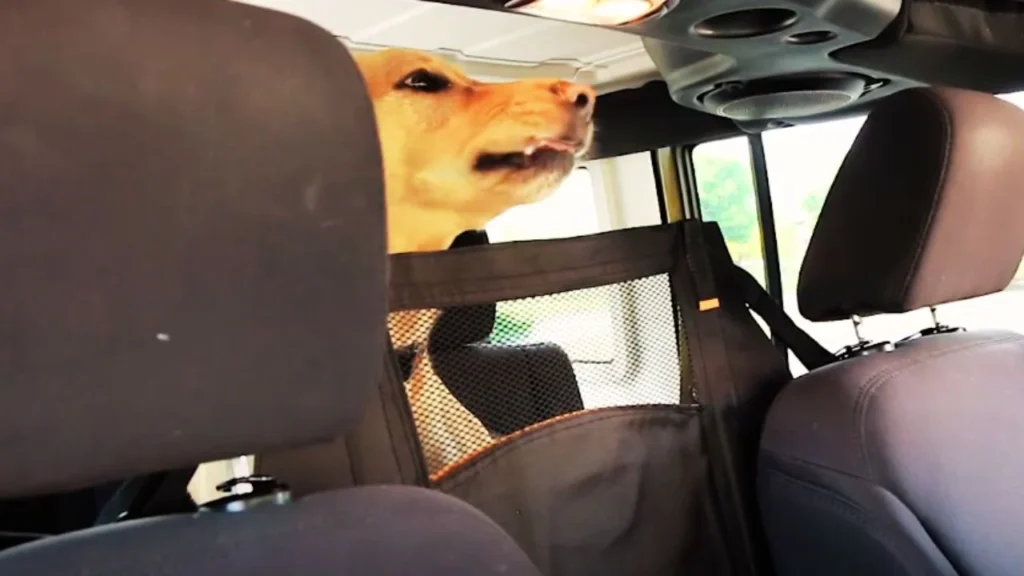
Back seat barriers are easy to install and best for keeping your dog confined to the back. Place the barrier between the front and back seats, following the manufacturer’s setup instructions. AAA reports that 60% of dog owners use these barriers to keep pets from jumping forward, although they’re better suited for short drives rather than as a full restraint method. Check the guidelines in Can You Have a Dog in a Rental Car?.
Factors to Consider When Choosing a Restraint
Choosing the right restraint for my dog isn’t just about picking any seat belt or crate. There are a few key things I keep in mind to ensure he’s safe and comfortable on every trip. From his size to our car’s setup, each factor makes a big difference.
1. Dog’s Size and Weight
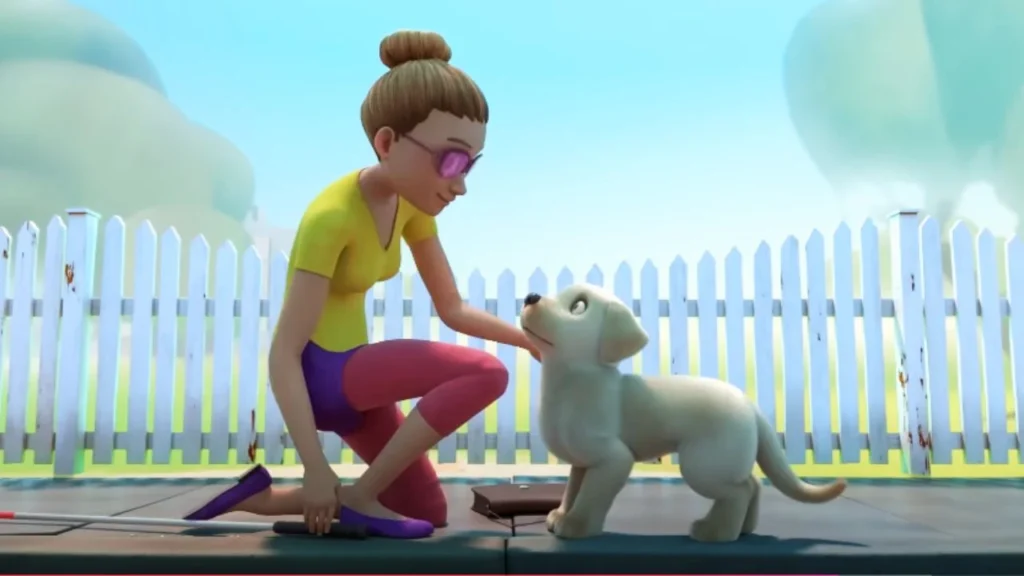
When it comes to securing my dog, I think about his size first. A dog under 20 pounds needs different support than a larger one. Small dogs often do well with carriers, while dogs over 30 pounds might be best suited to harnesses or sturdy crates.
2. Vehicle Type and Interior Space
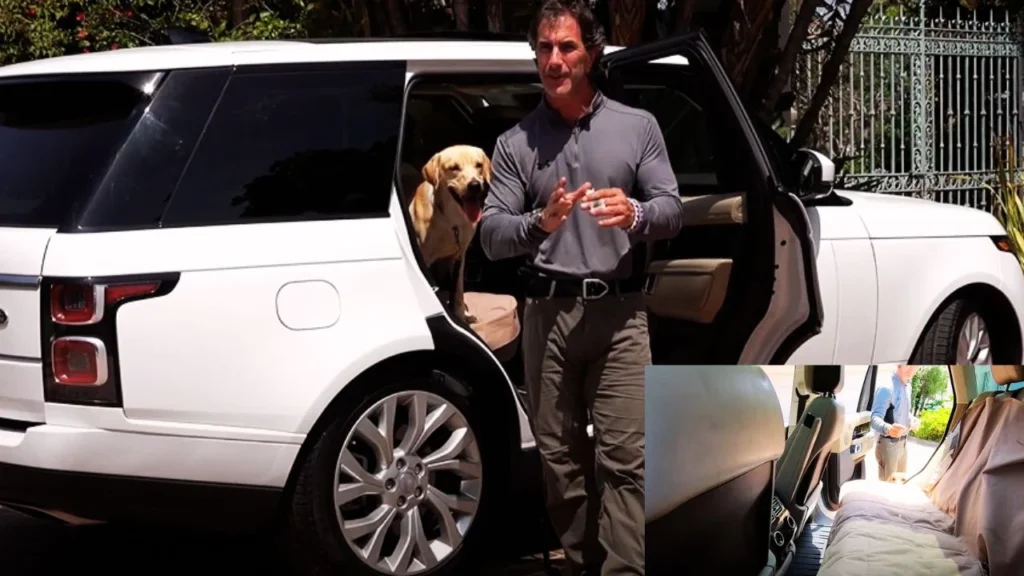
My car’s layout plays a huge role, too. In SUVs or larger vehicles, you can easily use a back seat barrier or crate setup. If you’re driving a compact car, it’s worth checking if your restraint can fit safely—especially since harnesses save about 50% more space than crates.
3. Travel Duration and Comfort Needs
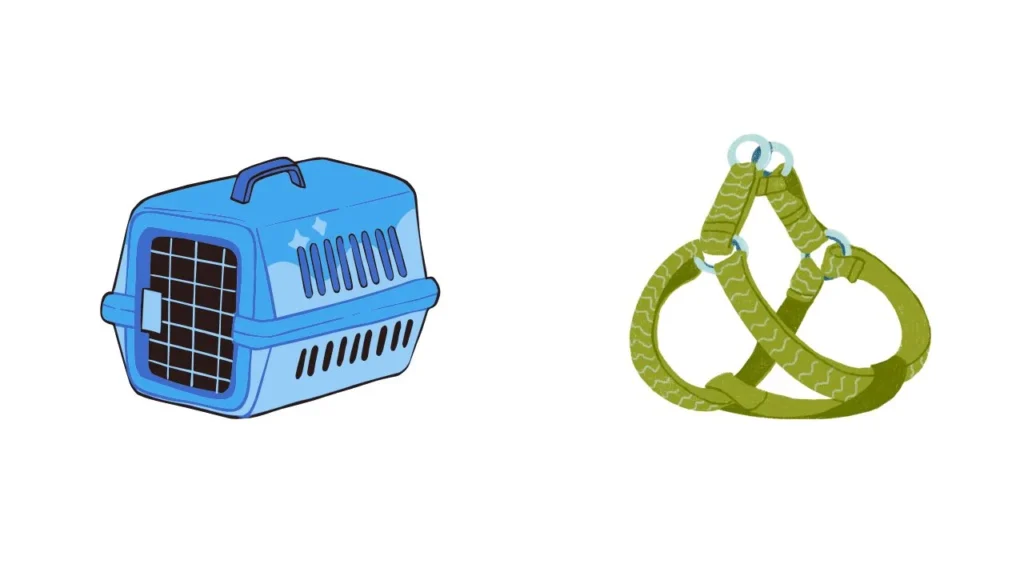
For longer trips, comfort is essential, and I’ve found that well-padded harnesses or crates designed for hours on the road work best. For dogs with travel anxiety, crate training combined with restraints can reduce stress by nearly 40%, according to experts. Understand the risks involved in Can I Leave a Dog in a Hot Car?
Training Your Dog for Car Travel
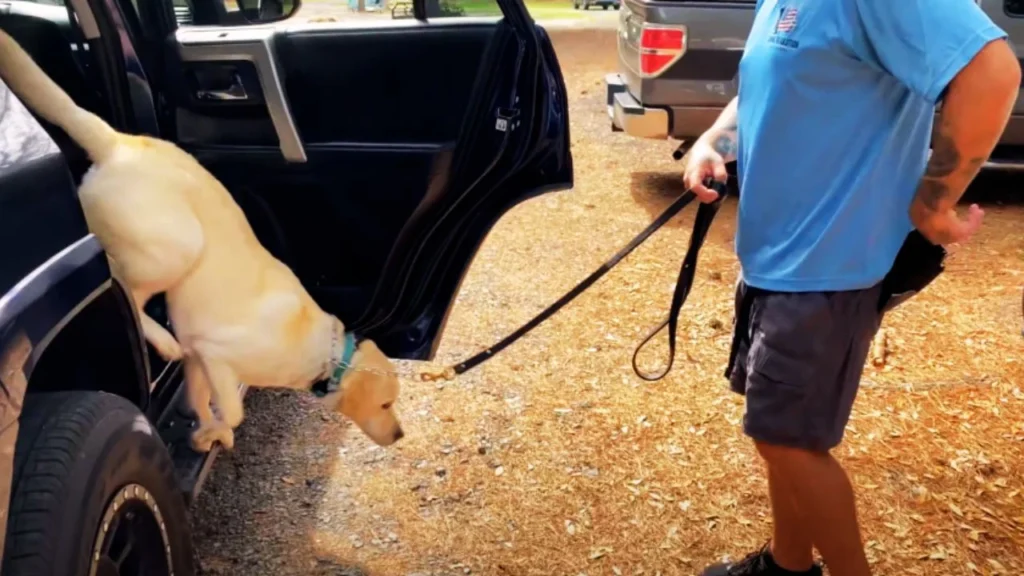
I remember when I first started training my dog for car travel—it took about 10-15 sessions before he felt totally comfortable. At first, I’d secure him in his harness, let him explore, and give him treats every few minutes. Those little rewards kept him calm and reassured.
During each session, I’d gradually increase our time in the car, starting with just 5-10 minutes. After a few short rides, he began associating car time with fun and treats. By session 10, he was relaxed, and I could tell he felt safe and ready for longer trips.
For dogs who get anxious or motion sick, short drives of under 15 minutes can help. This way, they gradually adjust without getting overwhelmed. Adding his favorite blanket to the seat made a big difference for us; it’s comforting and familiar for him.
Additional Safety Tips
Traveling with a dog can be a fun adventure, but safety is key. Ensuring your dog is secure in the car prevents distractions and reduces the risk of injury. Let’s dive into some simple tips to keep your furry friend safe on the road!
- Use a crash-tested harness that secures your dog while allowing some freedom of movement.
- Place your dog in the back seat to avoid airbag injuries in case of sudden braking or collision.
- Invest in a pet-specific seat belt for extra restraint during bumpy rides.
- Use a sturdy crate to secure larger dogs; ensure it’s well-ventilated and crash-rated.
- For smaller dogs, consider a booster seat that provides safety and a view.
- Set up a barrier between the front and back seats to limit distractions while driving.
- Keep water on hand to keep your dog hydrated, especially on longer trips.
- Take breaks every 2-3 hours to let your dog stretch, hydrate, and relieve themselves.
- Ensure your dog’s ID tags are up-to-date in case they get separated from you.
- Never leave your dog unattended in the car; temperatures can rise or fall quickly.
Final Words
So, how do you secure a dog in a car? From my experience, choosing a crash-tested harness, seat, or crate really makes a difference. Nearly 40% of pet owners report incidents where unrestrained pets were at risk, highlighting just how important proper restraint can be.
With the right setup, you’ll enjoy peace of mind, knowing your dog is safe and comfortable in the back seat, ready to share the next adventure by your side. Learn if leaving a dog in a car with the window open is advisable in Can You Leave Dog in Car with Window Open?.
FAQs
Can securing my dog reduce the risk of injury in an accident?
Yes, securing your dog reduces the risk of injury during accidents. Unrestrained pets can become projectiles, risking harm to themselves and passengers. Using crash-tested restraints or crates minimizes impact and keeps your dog safe during sudden stops or turns.
What should I look for in a crash-tested dog restraint system?
Choose restraints with third-party safety certifications, ensuring they fit your dog’s size and weight comfortably. Look for durable materials and metal buckles for added strength. Make sure the restraint is compatible with your vehicle’s seat belts and displays crash-test results for reassurance.
Find out if it’s safe in “Is It OK to Lock a Dog in a Car?” Is It OK to Lock a Dog in a Car?.

